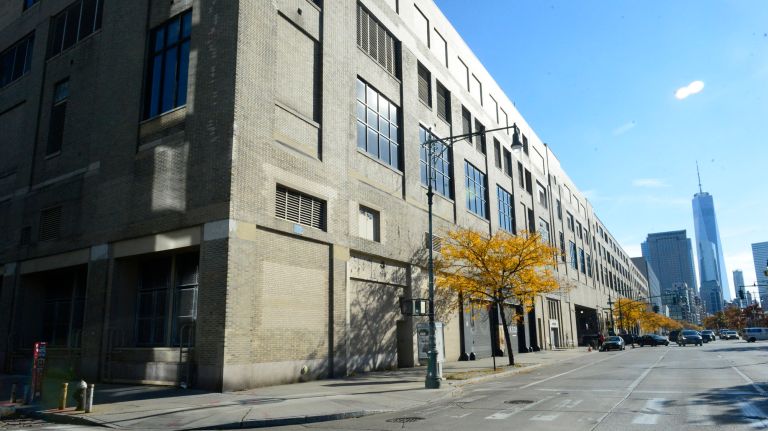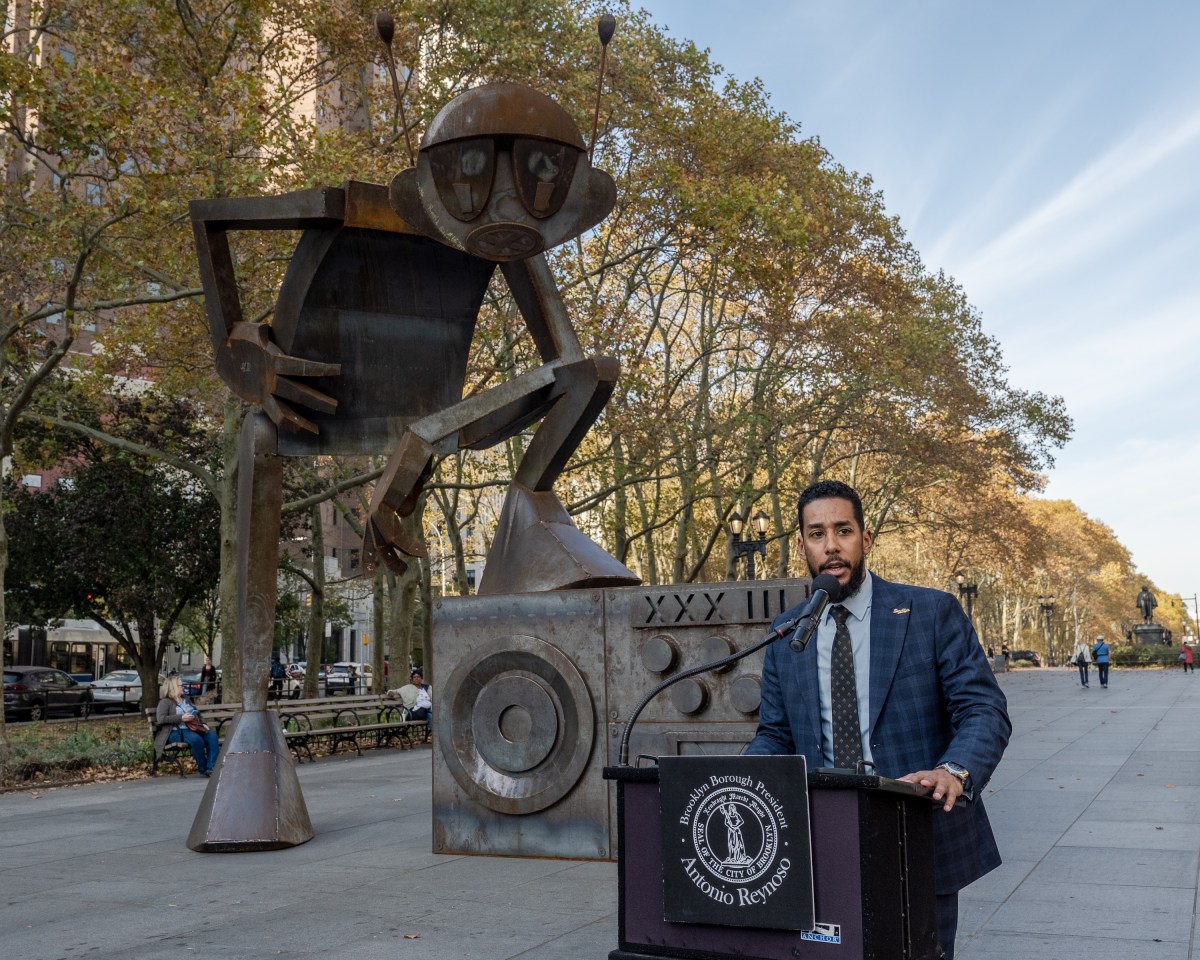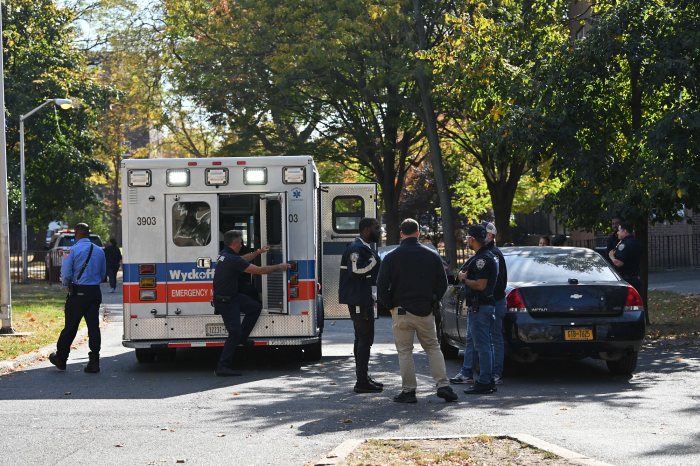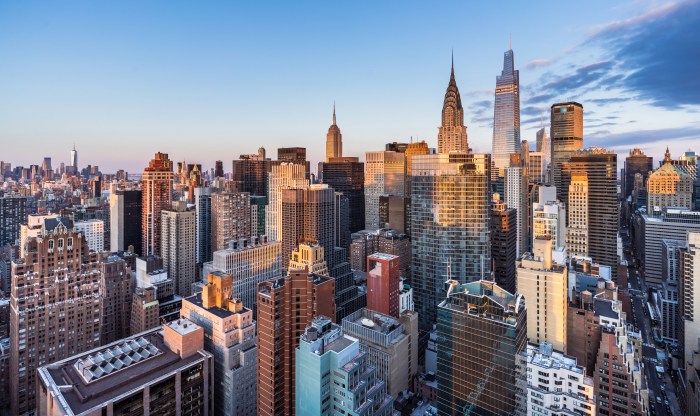
Google’s potential expansion in Manhattan has New York City’s technology industry buzzing, according to Tech:NYC executive director Julie Samuels, particularly following reports earlier this week that Amazon is eyeing Long Island City in Queens for part of its second headquarters.
Google, the technology giant owned by Alphabet Inc. is considering a deal to lease or buy a 1.3 million-square-foot office building at St. John’s Terminal in Hudson Square on the Lower West Side, the Wall Street Journal reported Wednesday. The space would allow Google to hire more than 8,500 new workers, the newspaper reported.
“The news that Google and Amazon both are reportedly expanding their presence in New York is just a vindication of what we already knew, which is that New York City is the best place to build and grow technology companies,” said Samuels, who represents a network of more than 650 New York tech companies. “Technology doesn’t just exist for technology’s sake. Technology powers all of the other industries that already exist, and all of those industries already exist in New York.”
The possibility of Google and Amazon expanding their presence in the city would also create tens of thousands of high-paying jobs for New Yorkers.
Amazon has spent just over a year searching for a second corporate headquarters that would eventually employ up to 50,000 people. On Monday, the Wall Street Journal reported the company was now considering dividing the headquarters between two sites – Long Island City and Crystal City, Virginia, just outside Washington D.C.
If Amazon brings half of its second headquarters to Queens, it would open up 25,000 new jobs.
Google currently has a staff of about 7,000 in the city. The St. John’s Terminal campus, coupled with a planned expansion at Google’s Chelsea Market property and additional office space at Pier 57, would bring the company’s total workforce in Manhattan to about 19,000, according to the WSJ.

Real estate firm Oxford Properties Group announced in October plans to redevelop St. John’s Terminal but declined to comment Thursday on whether the project was connected to Google’s reported expansion.
The building, located at 550 Washington St., spans two city blocks next to Hudson River Park’s Pier 40. The redevelopment plans envision a 12-story building featuring “carefully tailored” spaces with a focus on productivity, flexibility and collaboration, according to Oxford Properties.
“Our intent is to return the building to a place of prominence for the next generation of New York’s economy,” said Dean Shapiro, head of U.S. developments at Oxford Properties. “With Hudson Square emerging as one of the city’s most exciting neighborhoods, the timing is perfect to activate this building in a way that connects the community to the greenway and Pier 40.”
Not everyone, however, is excited about the prospect of a Google expansion. Andrew Berman, executive director of the Greenwich Village Society for Historic Preservation, raised concerns over increased traffic and the strain that thousands of additional people would put on the already struggling subway system.
“Just to be clear, the concern we have is not with Google as a business or an entity. My sense is that they have been a good neighbor,” Berman added. “The concern is the lack of public transportation and the fact that this will catalyze more tech related businesses to relocate to this part of town which hasn’t traditionally been an office district.”
The organization, which also opposed the Union Square Tech Training Center approved by the City Council in August, fears the area will be turned into an extension of the city’s “Silicon Alley.”
“We have nothing against the tech industry, it’s important, but there are places that it belongs and places that it doesn’t belong,” Berman said.
Similar concerns have been raised about the possibility of Amazon moving into Long Island City, a rapidly gentrifying neighborhood on the Queens waterfront that has seen a rise of office and luxury apartment buildings and a fall of small businesses.
Some residents and local officials are concerned Amazon’s 25,000-person workforce would accelerate that trend while jeopardizing services and amenities such as schools and parks that the neighborhood could benefit from. Infrastructure planning would be key in moving forward with an Amazon campus, some experts have said.
Regardless of the potential pitfalls, Samuels argues the possible expansions of both companies would be great for New York.
“It’s great for New York because it enforces a vibrant technology ecosystem, and what I mean by that is imagine you have thousands of people coming to work at these companies,” she said. “They work there for a few years and then they leave and start their own companies or they work for one of the over 7,000 start-ups that already exist in New York.”
Samuels credits incentives and programs at both the local and state level for the city’s burgeoning tech industry, including the opening of the Cornell Tech campus on Roosevelt Island, the city’s involvement in an $80 million public-private partnership program and the state’s $30 million investment in computer science education.
“While there’s still some work to do, the city and the state have both done important things to ensure that as more and more jobs open in the tech industry, more and more New Yorkers will have access to those jobs,” she added. “We need to ensure that all New Yorkers have access to those jobs as well.”
With Ivan Pereira




































